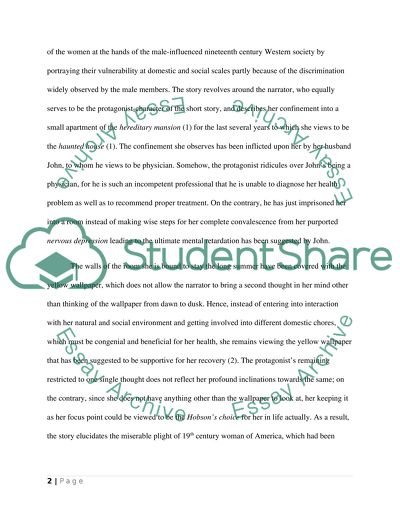Cite this document
(“Role and Status of Women in 19th & 20th Century Western Cultures Essay”, n.d.)
Retrieved from https://studentshare.org/english/1497107-the-yellow-wallpaper
Retrieved from https://studentshare.org/english/1497107-the-yellow-wallpaper
(Role and Status of Women in 19th & 20th Century Western Cultures Essay)
https://studentshare.org/english/1497107-the-yellow-wallpaper.
https://studentshare.org/english/1497107-the-yellow-wallpaper.
“Role and Status of Women in 19th & 20th Century Western Cultures Essay”, n.d. https://studentshare.org/english/1497107-the-yellow-wallpaper.


